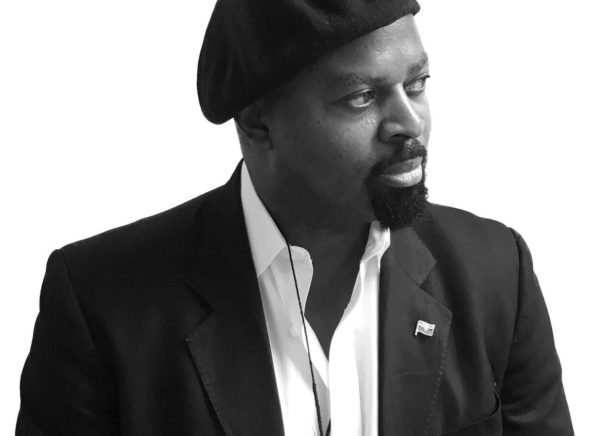
The last few weeks have been trying for the arts, an industry that lives on live performances and event curation. It’s been sad watching everything from book tours to book club meetings get cancelled.
Like many in the community, we’ve had to ask soul-searching questions about the role of art during a time of crisis. In fact, we were so bothered by this question that we launched an Instragram Live chat to explore it with scholars and writers. Go here if you missed it.
Ben Okri, who has always asked big questions about art, literature, and the human condition, insists that more than ever art is needed in a time of crisis such as our own.
In a piece published in Financial Times, Okri asks: “How does a culture withstand the onslaught of a pandemic?” Okri writes: “We survive first of all with the presence of culture within us.” Culture is cultivated through arts in its various forms. Reading in a pandemic should remind us of the importance of culture, how it nourishes what is most decidedly human in us.
Evoking the alarming death toll of covid-19, Okri also considers the way in which a sense of death transforms us into more attentive readers:
It struck me that this is a time when we need art more than ever. We need art to remind us why life is worth living. We need art to reawaken our sense of the wonder of being, to remind us of our freedom, and to highlight the things in our cultures that enable us to withstand the dreaded visage of death. For too long art has been seen as an extra, an add-on, something dispensable unless it can prove its worth by numbers and quotas. It may be that we lost sight of art’s special value because prosperity obscured its meaning, its profound questions, and its uncanny capacity for transcendence.
It is in the face of death that art becomes most powerful. It was said that during the time of the Black Death in Italy, people carried paintings through the streets to confront the plague. Some might say that it was not the paintings themselves that were seen as death-fighting images, but the subjects of the paintings, the Madonnas and the images of Christ, that were being used to confront a scale of death the people could not understand. It hardly matters which it was: art became a weapon against the plague…Books can always be read at home and perhaps we will never read more attentively and be more profoundly attuned to the deeper layers of literature than when we read with the sense of death all around us.
Read full article here.


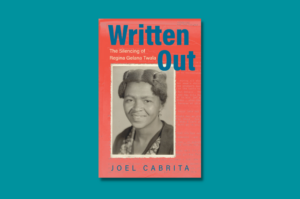
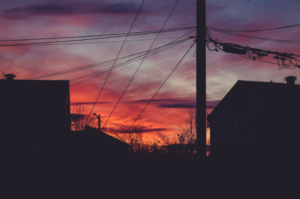

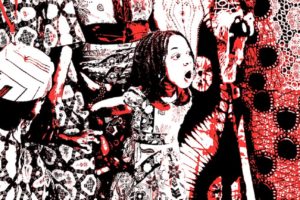
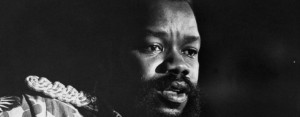

COMMENTS -
Reader Interactions